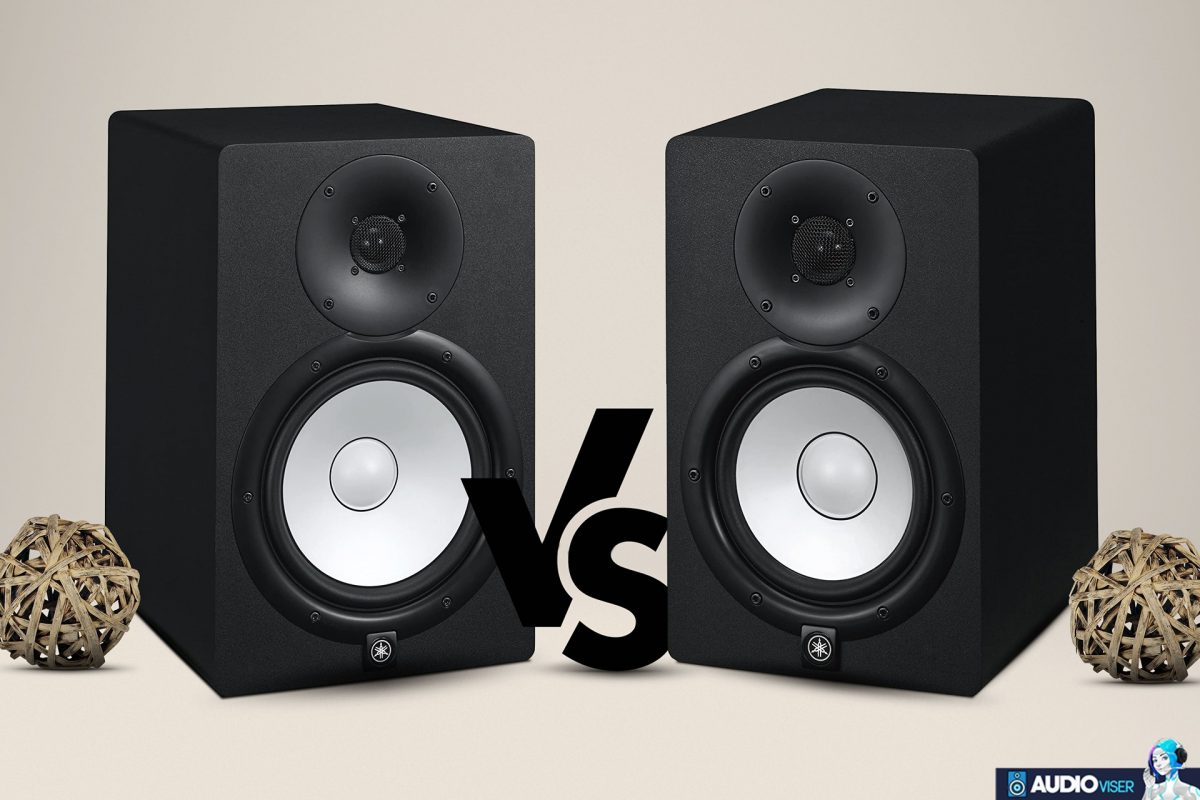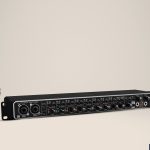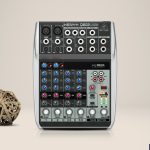
Today, home studio monitors are to a great extent. Undoubtedly, the HS series is Yamaha’s flagship product in the audio world. When audio honesty is in question, active studio monitors are a part of a rescue team. Since you are ready to blow your mind with Yamaha, then I feel obliged to make a comparison between siblings. First, I will run through what they have in common and what they have in contrast. Stick till the end to find out the winner.
Key Takeaways
- Both Yamaha HS7 and HS8 excel at critical listening, but HS8 is more powerful. Plus, the bass production is punchier because it supports lower frequency ranges.
- Pick Yamaha HS7 for a small room setting and vice versa. For large areas, HS8 is ideal.
- If you need exceptional sound quality, adding an audio interface or bass trap is a good idea.
- The elegant look is present in both models. So the looks and build quality weigh pretty much the same.
- Yamaha HS7 is more compact and lighter than the HS8 model.
About HS Series
This series aims to provide clarity and accuracy in every beat. Yamaha, with its HS series, including HS7 and HS8, has been the industry-leading standard for recording, mixing, and mastering. Even casual users can benefit from them, let alone an audiophile. Both studio monitors are specifically designed for professionals where accuracy is essential. Decades can pass, but Yamaha still is capable of competing with newly-released standards. Surely, there is a reason behind the curtains.
Design and Build Quality

Yamaha HS7 and HS8 offer two color varieties (black and white) to fit any home setting. I adore the design’s classy look that never disappoints the décor part. A slightly rugged design protects the studio monitors from easily collecting dirt and dust. The metal-like cone woofer is sleek and screams I’m here during nighttime. Additionally, both models offer 5″, 6.5″, and 8″ sizes based on your room space.
The compact yet heavyweight design tells a lot about their durability. Maybe the MDF is not a high-end quality fabric, but Yamaha uses it to eliminate unwanted resonance. HS8 is heavier than HS7, a few pounds because I choose the 8″ version for larger and 6.5″ for smaller areas. I concluded that the visuals are identical, so it’s a deuce.
State-of-the-art Sound Technology
You can elicit fantastic sound quality from both speakers. It’s surprising how accurate the audio is presented. First, the nice bonus comes from being active studio monitor speakers. That means there’s no need for an additional amplifier. The transducers respond with natural sonic transitions by combining with the booming subwoofer. HS8 is more potent because output wattage is higher than HS7. The power source is directly linked to the monitor’s size.
Bass Reproduction
Bass frequencies are way more profound and detailed in HS8, so if your space is small, it will deliver an exceptional listening experience. Low frequencies go low at 30Hz due to its larger woofer size. HS7 might not fulfill the bass lovers’ wishes in this section. It does ensure the booming effect, but the winner of this round is definitely the HS8 model. You can add the bass trap to boost the HS8’s bass performance. The Bass trap is made of damp and aims to absorb low frequencies in the area by dropping LF resonances. With the HS7 studio monitor, you can escape using bass traps.
Sound profiles in both speakers are neutral and powerful, but HS8 performs better. It is louder, mid-ranges serve better, and the bass production is punchier. The accuracy of low frequencies gives higher-quality results.
For Better Sound Quality
For professional use, one studio monitor is not enough; two are ideal. It would help if you had an audio interface for exceptional sound. Consider the audio interface as an agent between two parties. The role of audio interfaces is mainly to convert microphone and instrument signals from digital to analog. Simply, a format that your PC can recognize. In addition to that, use balanced XLR to TRS wires. These wires reduce noise, and when it’s used efficiently, it creates a reverse polarity.
Wallet Factor
Another fact that I adore about Yamaha is its reasonable price range. Many brands offer higher price ranges with less power, and Yamaha does the opposite. Let me say the HS7 and HS8 are worth every penny you pay. HS8 appears to be more expensive than HS7, which is quite normal considering the better performance. It’s excellent value for money.
Yamaha HS7 vs. Yamaha HS8: Which one is better?

Yamaha HS8 is the winner of the comparison. Output wattage is higher, which results in increased volume levels. The lower frequencies of HS8 perform better in bass production as well. As for the features, the manufacturer included the same features and connectivity. If you use these two studio monitors for critical listening, I would say the HS8 is the ideal choice since it doesn’t fail to deliver precise and detailed sound. However, I also wouldn’t remove the HS7 from my list of considerations since it also sounds pretty balanced, but it wouldn’t do the job if you are planning to use it in larger spaces.
As for the looks, both speakers are winners. They are twins, and not a single thing identifies their appearance besides size. I can assure you these tough boys will last for ages because they are built like rock.
Frequently Asked Questions
What is the Ideal Placement for Studio Monitors?
Please don’t place the studio monitors on the desk; instead, mount them on the wall. Alternatively, there are monitor stands. You can’t cover the monitors on a flat surface and expect to hear a critical sound. Monitor stands help to eliminate reflections and distortions at higher volumes. Besides, avoid attaching studio monitors in the corners or walls.
Do Yamaha HS7 and HS8 Need additional Amplifiers?
As I mentioned in the article, HS7 and HS8 are active speakers. Only passive studio monitors require an additional amplifier.
Is Yamaha HS8 have a Flat Response?
Yes, Yamaha HS8 has a flat response. To get it even flatter, use Sonarworks Software.
Is Yamaha HS7 worth it?
Yes, definitely. If you are looking for a studio monitor that won’t hurt your pocket and simultaneously delivers excellent sound quality, go for it.
Final Words
What both of these studio monitors have in common is being active studio monitors. Thankfully, active monitors don’t require an additional amplifier to function. So, that makes less spending. Both have competitive prices and offer great value. Even though the HS8 won the comparison, that doesn’t make HS7 any less worthy. When choosing a studio monitor speaker is crucial to know the room’s acoustics. Depending on the room size, you decide about the monitor’s size.
Most music genres are acceptable in HS7 and HS8 because they have tight, flat, precise sound profiles. What makes HS8 stand out is EDM and hip-hop genre due to better bass frequencies.
Further Reading
If you liked what you read above, keep reading because there are plenty more comparison blogs available.
There is also a blog that distinguishes the Sony WH-1000XM4 and Shure Aonic 50.
For instance, there are 2.1 and 3.1 soundbar differences. There is also a distinction between a 2.5 mm and 3.5 mm audio jack.
I’ve also included information about the distinction between 40mm and 50mm drivers in case you were curious.
or compare the differences between sound formats like AAC and FLAC.
Check out Focal Clear versus Sennheiser 800 S if you enjoy high-end headphones.
Composer & Audio Engineer
I’m a composer and audio engineer crafting sonic magic. Combining my skills in rhythm, harmony, and sound synthesis to create the ultimate auditory experience.







